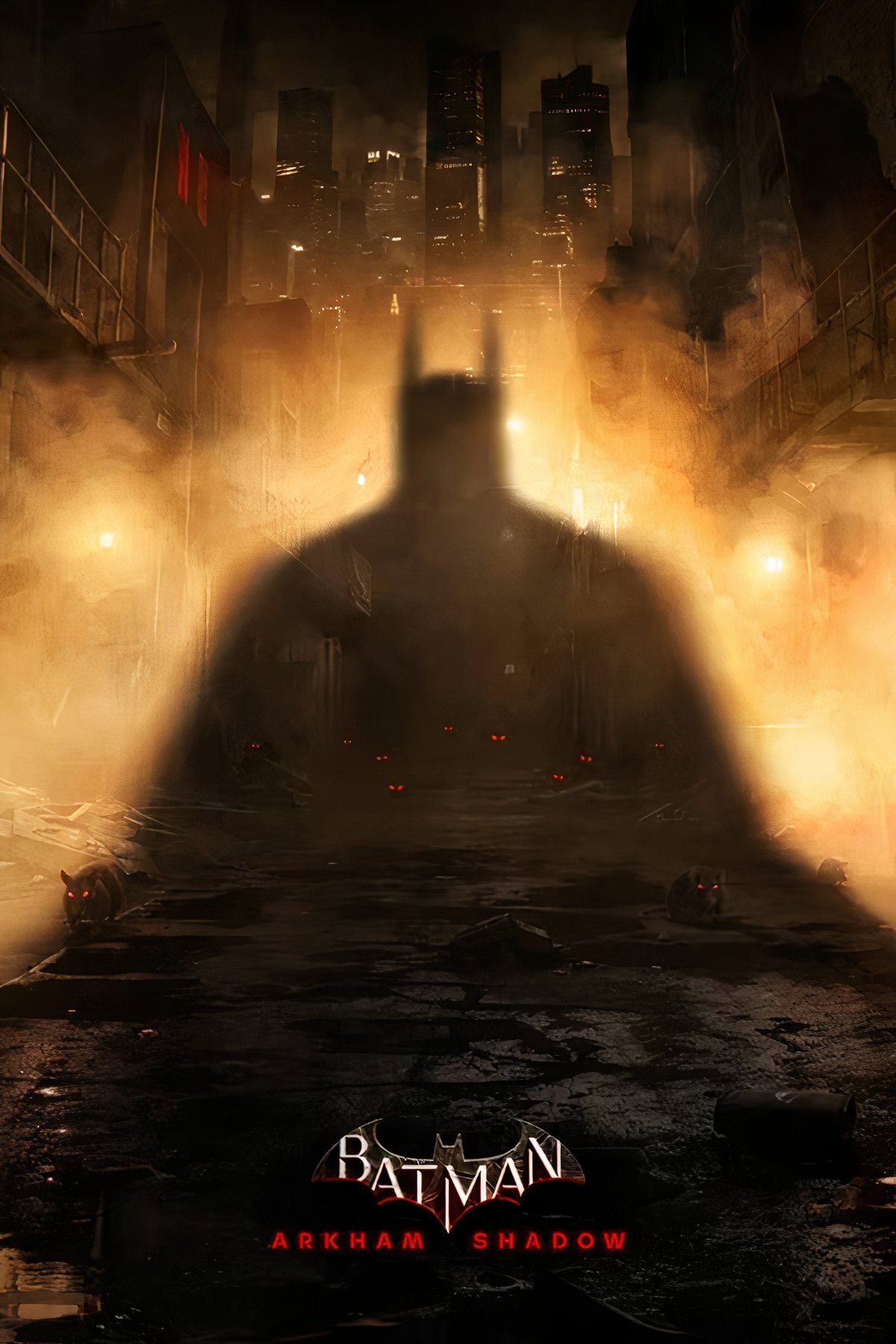Camouflaj was rightfully and successfully tight-lipped about the fact that roughly 90% of Batman: Arkham Shadow takes place inside Blackgate Penitentiary in its pre-release marketing. Only Gotham City was shown in its gameplay reveals as Batman maneuvered from the sewers to the Bowery before ascending Jezebel Guns and meeting GCPD Police Commissioner Jim Gordon on the roof of the Pigsty. Some trailer work did sneakily depict the inside of Blackgate, however, and players knew they would be playing as Bruce Wayne sans Batsuit multiple times throughout the game’s week-long narrative events.
Batman: Arkham Shadow stashes a bunch of collectibles in Gotham City’s nooks and crannies and allows players to return to these areas from the Batcave.
Either way, this claustrophobia is terrific as it achieves the same dramatic isolation and decadent atmosphere that Batman: Arkham Asylum displayed, offering a rich representation of Blackgate and those incarcerated there in parallel to how players were able to see the kind of characters that Arkham Asylum housed. In what was a rather unprecedented leap, Asylum was followed by an open world in Batman: Arkham City only two years later. If a Batman: Arkham Shadow sequel is in the works, though, it shouldn’t feel the need to make a similar leap in terms of how large or interconnected its map is.

Related
What Batman: Arkham Shadow’s Day and Night System Could Mean for Future Arkham Games
Batman: Arkham Shadow boasts an elaborate narrative and the events that aren’t showcased may turn out to be as impactful as the ones that are.
Batman: Arkham Asylum and Batman: Arkham City are Worlds Apart
Batman: Arkham Asylum is tremendously humble as an action-adventure game with a claustrophobic sense of dread lingering throughout Arkham Island. Exploration is bolstered by Riddler’s trophies and challenges (collecting maps, destroying chattering teeth, and solving riddles by scanning environments) as well as Spirit of Amadeus Arkham messages and patient interview tapes, while progression through its story has players going from facility to facility: the Visitor Center, Intensive Treatment Center, Medical Facility, Penitentiary, Arkham Mansion, Botanical Gardens, and Arkham Asylum’s Underside sewer network.
These need to be visited in a particular order and in certain ways depending on how the story has affected the environment and, aside from exploration within these dungeons and the exterior courtyard that connects them, there are no side quests to pursue. It is alarming, then, that 2009’s Batman: Arkham Asylum was followed by 2011’s Batman: Arkham City, and the latter features an open world with an emphasis on side missions.
It may not be as dizzyingly immense as The Witcher 3: Wild Hunt’s or even that much larger than Asylum’s map in terms of land mass, but the fact that City’s open world was made with side quests in mind and is more gaping in its traversable space is a considerable transformation, especially with a satisfying new traversal mechanic where players could dive mid-glide and pull up to soar further or higher with grapnel-boosts to carry their momentum as far as perch points and gargoyles could take them. It may not be fully expected for a sequel to Batman: Arkham Shadow to make the same leaps and bounds, and it arguably shouldn’t.
Batman: Arkham Shadow’s Sequel Staying Tight Could Be in Its Best Interests
What behaves as an introductory prologue chapter could presumably be brickwork laid for what a linear yet explorable Gotham may look like if Batman: Arkham Shadow took place fully within the city itself. However, Blackgate behaves similarly and is an interconnected region with dungeons players explore and revisit as both Batman and Irving “Matches” Malone.
Ultimately, a sequel will hopefully be as big or as small as it wishes to be without any obligation to be as massive of an extrapolation as City was relative to Asylum. Because Asylum’s intimacy works so well in its favor, for instance, it’s hard to imagine that a non-open-world Arkham game set in Gotham City would be met with disappointment. Regardless, it’d be exciting to see what could be accomplished in a Batman: Arkham Shadow sequel and how open its setting might be.













Leave a Reply